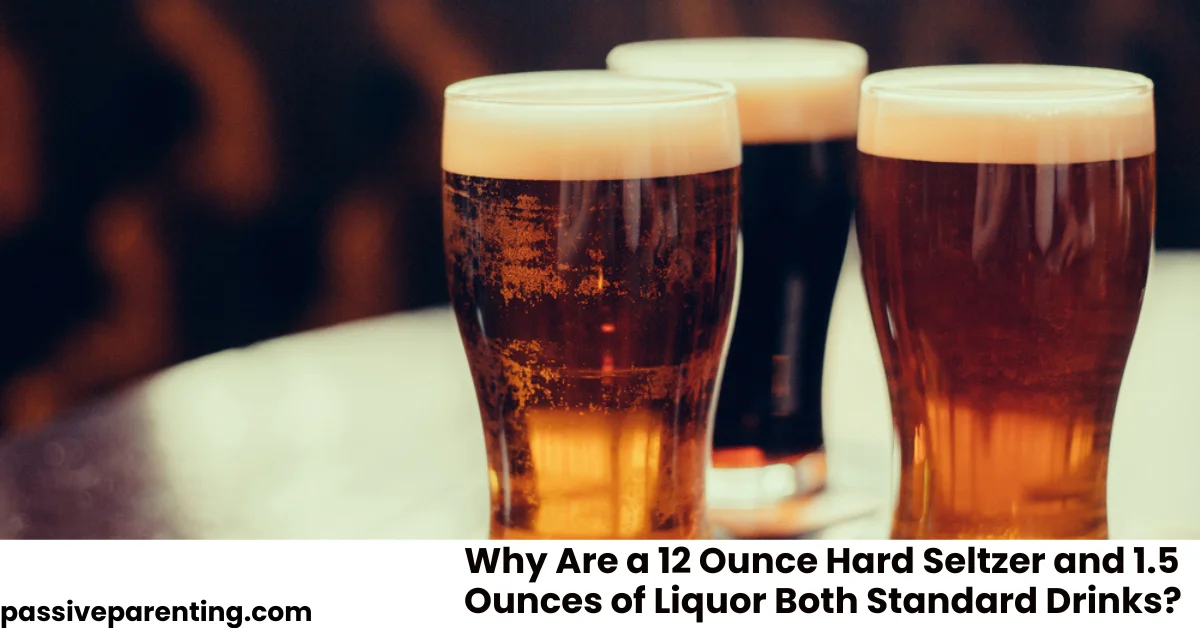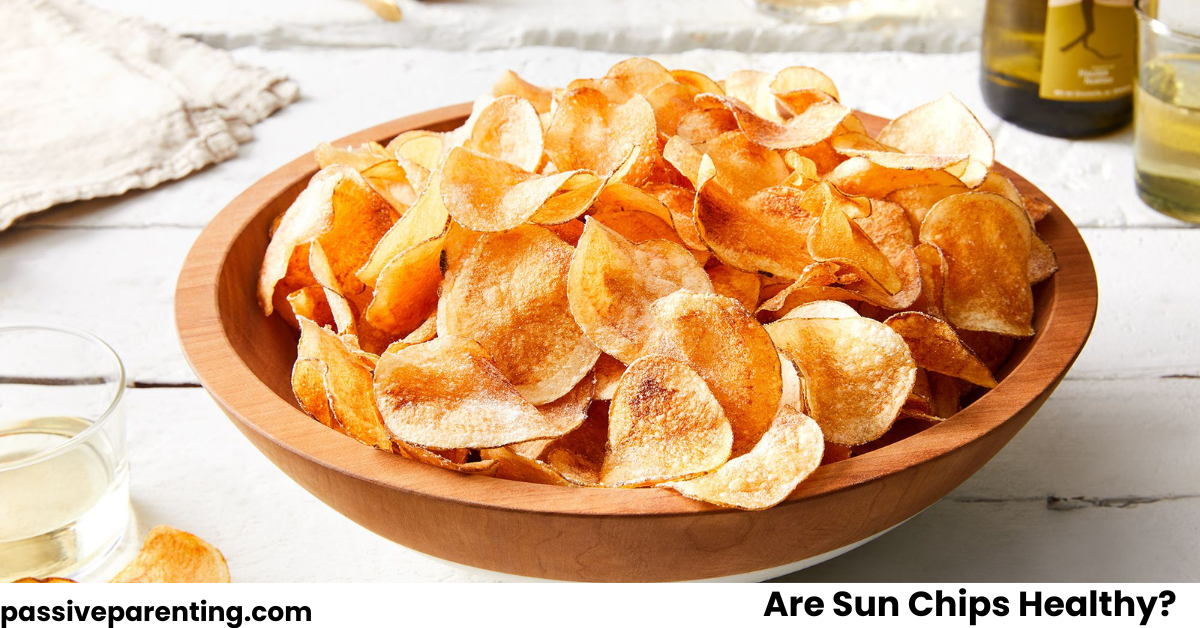Understanding how different alcoholic beverages can be labeled as a “standard drink” despite varying sizes and forms is essential to promoting responsible consumption. Why are a 12 ounce hard seltzer and 1.5 ounces of liquor both standard drinks? The answer lies in the amount of pure alcohol, or ethanol, each beverage contains.
This guide breaks down the science, standards, and significance behind standard drink sizes, with comparisons across drink types to help you track your alcohol intake confidently.
What Is a Standard Drink?
Understanding why a 12 ounce hard seltzer and 1.5 ounces of liquor are both standard drinks begins with defining a standard drink. According to the CDC and the National Institute on Alcohol Abuse and Alcoholism (NIAAA), a standard drink in the United States contains approximately 14 grams (0.6 ounces) of pure ethanol, the active ingredient in alcoholic beverages, per standard drink definition (CDC, 2025; NIAAA, 2025).
- Purpose of Standardization: The standard drink concept simplifies tracking alcohol intake across different beverage types, ensuring consistency in health guidelines, bartending, and public safety, per alcohol standard drink.
- Common Examples: A standard drink equates to:
- 12 oz of beer (5% ABV)
- 12 oz of hard seltzer (5% ABV)
- 5 oz of wine (12% ABV)
- 1.5 oz of liquor (40% ABV, 80 proof)
- Global Variations: In countries like Australia, a standard drink is 10 grams of ethanol, highlighting the need for local context, per alcohol measurement (Rethinking Drinking, 2025).
This foundation explains why diverse beverages like hard seltzer vs liquor are equivalent in alcohol content, addressing standard drink education.
Why Are Alcoholic Drinks Measured in Ethanol Content?
Despite major differences in beverage types, all standard drinks are based on ethanol volume to allow for accurate health tracking. That’s because the effect on your body is driven by how much pure alcohol you consume—not how much liquid you drink.
Pure Alcohol = Equal Impact
- A 12 oz hard seltzer with 5% ABV (alcohol by volume) = ~14 grams ethanol
- A 1.5 oz shot of 40% ABV liquor (like vodka or whiskey) = ~14 grams ethanol
Hence, both qualify as one standard drink.
Alcohol by Volume (ABV): The Core Measurement
To understand standard drinks, we need to understand ABV (alcohol by volume). This percentage tells us how much of a drink’s volume is pure ethanol.
| Drink Type | Common Serving Size | Average ABV | Total Alcohol (Ethanol) |
|---|---|---|---|
| Hard Seltzer | 12 oz | ~5% | ~14 grams (1 standard) |
| Liquor (Vodka, etc.) | 1.5 oz | 40% | ~14 grams (1 standard) |
| Wine | 5 oz | ~12% | ~14 grams (1 standard) |
| Beer | 12 oz | ~5% | ~14 grams (1 standard) |
Even though the volumes differ, the ethanol content remains the same, making each equal to one standard drink.
Hard Seltzer vs. Liquor: Breaking Down the Equivalency
Though they differ in volume and appearance, hard seltzer and liquor can contain the same amount of pure alcohol. This equivalency is what makes both qualify as a single standard drink.
Why Is 12 Ounces of Hard Seltzer Considered a Standard Drink?
Hard seltzers have gained popularity due to their light flavor and low-calorie appeal. They typically contain 4–6% ABV. At 5% ABV, a 12-ounce can equals about 0.6 oz of ethanol, the standard in the U.S.
Why Is 1.5 Ounces of Liquor Considered a Standard Drink?
Most distilled spirits like vodka, tequila, rum, and whiskey are 40% ABV. A 1.5-ounce shot delivers roughly the same ethanol content as a full can of hard seltzer or beer.
Thus, when comparing alcohol impact, a can of hard seltzer and a shot of liquor are equivalent, despite the drastic volume difference.
Practical Uses of Standard Drink Measurements
Understanding standard drinks is essential for:
- Monitoring daily intake – Helps individuals keep track of how much alcohol they consume over time to stay within safe limits.
- Avoiding binge drinking – Prevents accidental overconsumption by recognizing how many standard drinks are in each beverage.
- Complying with public health recommendations – Aligns drinking habits with CDC and NIAAA guidelines, reducing long-term health risks.
- Avoiding unsafe driving or impairment – Understanding how many standard drinks you’ve had helps estimate blood alcohol levels and make safer decisions.
Responsible Drinking Guidelines by Health Authorities
According to the Centers for Disease Control and Prevention (CDC) and National Institute on Alcohol Abuse and Alcoholism (NIAAA), the recommended drinking limits are:
- Men: No more than 2 standard drinks per day
- Women: No more than 1 standard drink per day
These are based on ethanol content, not drink size—further supporting the need to understand standard drink equivalencies.
A cocktail with two shots of liquor = 2 standard drinks. A tall can of 8% hard seltzer = more than 1 standard drink.
Common Alcoholic Beverages and Their Standard Drink Equivalents
Here’s a practical reference chart:
| Beverage Type | Volume | ABV (%) | Standard Drinks |
|---|---|---|---|
| Light Beer | 12 oz | 4.2% | 0.9 |
| Regular Beer | 12 oz | 5% | 1.0 |
| Strong Beer | 12 oz | 7% | 1.4 |
| Hard Seltzer | 12 oz | 5% | 1.0 |
| Wine | 5 oz | 12% | 1.0 |
| Fortified Wine (Port) | 3.5 oz | 18% | 1.0 |
| Liquor (Vodka, Rum) | 1.5 oz (1 shot) | 40% | 1.0 |
| Cocktail (2 shots) | ~3 oz total | 40% | 2.0 |
Misconceptions About Serving Sizes
One of the biggest pitfalls people encounter is assuming a single glass = one drink. In reality:
- A mixed drink can contain 2–3 standard drinks
- A tall boy (16 oz beer) at 7% ABV can equal 1.5+ drinks
- A 750 ml wine bottle has ~5 standard drinks
- A hard seltzer variety pack may have different ABVs per flavor
Understanding why a 12 ounce hard seltzer and 1.5 ounces of liquor are both standard drinks helps avoid this trap.
The Global Perspective: How Do Other Countries Define Standard Drinks?
Not all countries use 14 grams of ethanol as their standard drink size.
| Country | Grams of Alcohol per Standard Drink |
|---|---|
| United States | 14 grams |
| United Kingdom | 8 grams (called “units”) |
| Australia | 10 grams |
| Japan | 19.75 grams |
This can lead to confusion if you’re traveling or reading international labels, which is why understanding the ethanol equivalency is key.
Why It’s Critical to Know Your Drink Count
Knowing why a 12-ounce hard seltzer and 1.5 ounces of liquor both count as standard drinks helps you:
- Avoid overconsumption
- Calculate safe driving limits
- Stay within health guidelines
- Understand the real alcohol content in custom cocktails or mixed beverages
It’s also essential when using alcohol tracking tools, whether in fitness apps, wellness platforms, or dietary planning calculators.
How to Track Standard Drinks in Real Life
Tips for Accurate Tracking:
- Read labels: Know the ABV of what you’re drinking
- Use a drink calculator: Many apps convert ABV and volume into standard drinks
- Don’t rely on visual cues: Glass size, cup shape, or drink color can be misleading
- Remember mixed drinks: A cocktail can be 2–3 standard drinks
- Be mindful with hard seltzers: Some newer brands offer higher ABV “strong” cans
FAQs: Why Are These Considered Standard Drinks?
Final Thoughts: Why the Measurement Matters
Understanding why a 12-ounce hard seltzer and 1.5 ounces of liquor are both standard drinks comes down to their equal alcohol content—not their size, container, or drink category. Each contains roughly 14 grams of pure ethanol, which defines a standard drink in the U.S.
By learning how standard drinks are measured, you can make more informed decisions about your alcohol consumption, avoid accidental overdrinking, and stay within recommended health guidelines. Whether you enjoy beer, wine, spirits, or hard seltzer, knowing what counts as one drink helps promote responsible drinking and long-term wellness.




